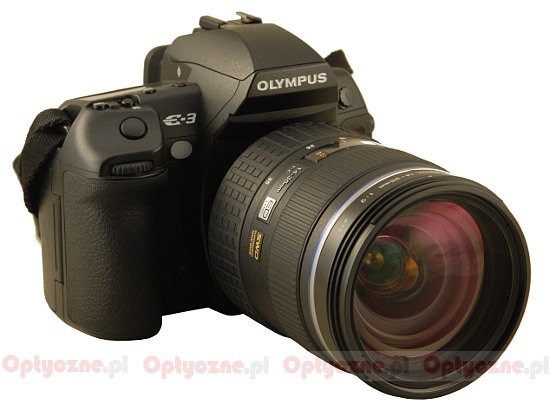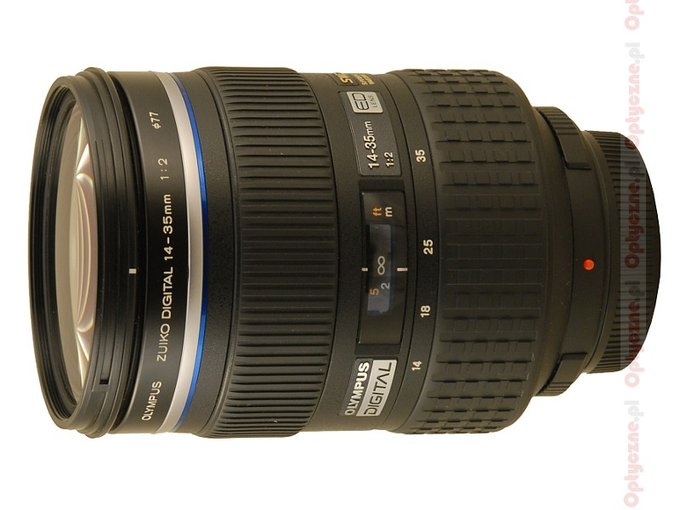Olympus Zuiko Digital ED 14-35 mm f/2.0 SWD
1. Introduction
The idea behind the 4/3 system has been reminded several times already, but it would be difficult not to mention it if you are going to perform a test of such a lens as the Olympus Zuiko Digital ED 14-35 mm f/2.0 SWD. Let’s refresh our memory once again. If you are being weary of it, though, feel free to skip this section and go to next chapters.
The usage of a sensor which is two times smaller than a 35-mm film frame was not without reasons. Malicious people might say that the first and main reason was the inability to produce a bigger detector by Panasonic but it is only partially true. Olympus decided to base its whole system on this small sensor and they did it after thinking the whole thing through time and again. A smaller detector means not only disadvantages, connected with the smaller size of the pixels, but also advantages of better optics. Appropriately designed lenses can be physically lighter and smaller than their full frame equivalents and optically better at the same time. If the weight and dimensions remain at the same level, the 4/3 system can still offer better parameters. A perfect example of such instrument is exactly the Olympus Zuiko Digital ED 14-35 MM F/2.0 SWD. It gives us the same fields of view as full frame 28-70 mm classics but at the same time if offers f/2.0 aperture so by 1 EV better than the best rival devices. To be completely honest we must say that there are two facts to Olympus’s disadvantage, though. Firstly, contemporary journalistic zooms of this class start from 24 mm focal length so they can give you a wider field of view by as much as 9 degrees; secondly, the depth of field, reached by f/2.8, is still smaller than in the case of the Olympus at f/2.0
Please Support UsIf you enjoy our reviews and articles, and you want us to continue our work please, support our website by donating through PayPal. The funds are going to be used for paying our editorial team, renting servers, and equipping our testing studio; only that way we will be able to continue providing you interesting content for free. |
- - - - - - - - - - - - - - - - - - - - - - - - - - - - - - - - - - - - - - - - - - - - - - - -
Dry comparison of facts is not enough, though. Optical properties are also important – in most of cases they are the 4/3 system lenses’ significant advantage. Will it be the same for the Olympus 14-35 mm? How will it fare compared to full frame competitors? We hope the following chapters will be able to answer that.
The lens was lent for the tests by the Fotozakupy shop.
You are also invited to get acquainted with our test procedure, described in the article "How do we test lenses?" If you feel it’s still not enough, please go to our FAQ section where you can find some further explanation.
 |







